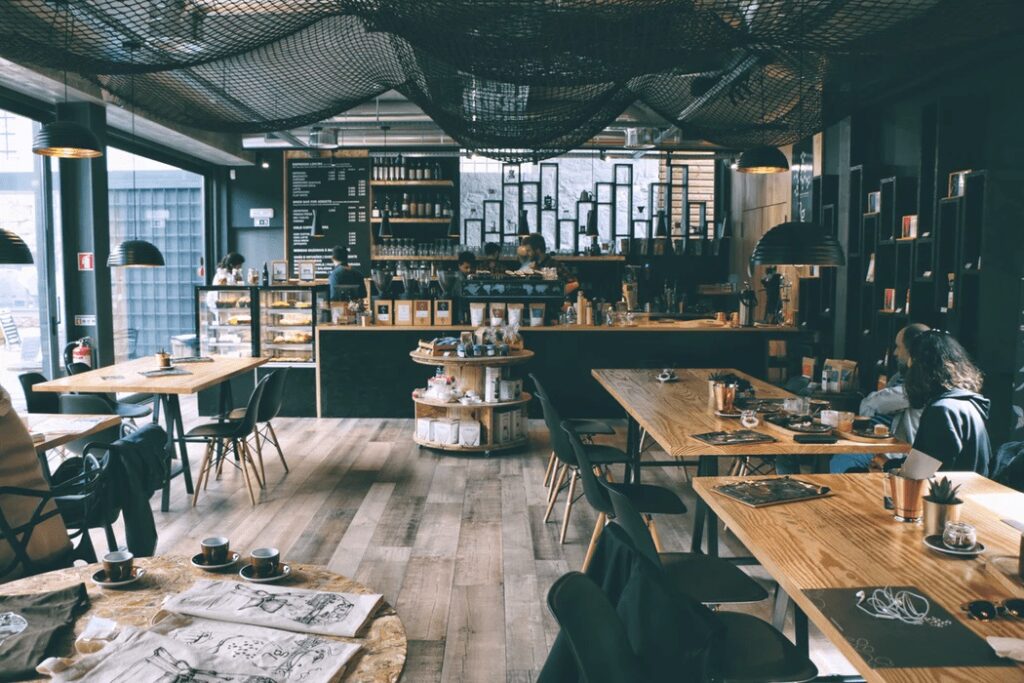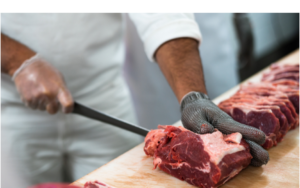
The success of sit-down restaurants is deeply intertwined with their location. As the Retail Real Estate landscape evolves, understanding the key factors that influence the choice of location can make or break a restaurant. This article explores these factors, trends, and strategic considerations essential for sit-down restaurants in the competitive retail real estate market.
Factors to Consider When Selecting a Location
Affordability
When selecting a location for a sit-down restaurant, affordability is paramount. It is essential to create a comprehensive budget that includes rent or purchase costs, potential renovations, and ongoing operational expenses. Ensuring the location fits within your financial plan is crucial for long-term sustainability.
Property Condition
The condition of the property significantly impacts the initial investment and potential profitability. Evaluating the current state of the space helps avoid unexpected repair costs. Opting for a well-maintained property can reduce the need for extensive renovations, allowing quicker opening times and smoother operations.
Visibility and Accessibility
Visibility and accessibility are critical for attracting customers. A location with high visibility from main roads or shopping centers increases foot traffic. Additionally, ensuring the site is easily accessible by public transit and has ample parking facilities enhances customer convenience, contributing to higher patronage.
Understanding the Target Market
Defining Customer Personas
Identifying and understanding your target market is foundational for a successful sit-down restaurant. Creating detailed customer personas based on demographics such as age, income level, and lifestyle helps tailor the restaurant’s offerings and marketing strategies. Knowing your ideal customer ensures the menu, ambiance, and services align with their preferences and expectations.
Market Conditions
Analyzing market conditions involves assessing demographic and economic data to predict how well your restaurant will perform in a given area. Consider factors like local population trends, economic stability, and spending behaviors. This analysis helps in selecting a location that aligns with your target market, ensuring better business prospects.
Competition Analysis
Evaluating the competitive landscape is crucial in determining how your restaurant will stand out. Study existing competitors to understand their strengths and weaknesses. Identify unique selling points for your restaurant to differentiate it from others in the area. This strategic positioning can attract customers who are seeking something distinct.
Trends Influencing Sit-Down Dining Demand
Consumer Preferences
There is a growing consumer preference for dining experiences over quick-service options. Sit-down restaurants that offer unique, high-quality dining experiences are increasingly popular. Understanding and capitalizing on these preferences can drive demand and customer loyalty.
Mixed-Use Developments
The trend towards mixed-use developments, which combine retail, dining, and entertainment, is reshaping the retail real estate landscape. These developments provide an integrated experience for consumers, making them attractive locations for sit-down restaurants. Being part of a mixed-use development can enhance visibility and foot traffic.
Technological Integration
Technology plays a significant role in modernizing sit-down restaurants. Implementing customer-facing technologies like POS systems, digital menus, and mobile ordering enhances the dining experience and operational efficiency. Embracing technological advancements can position a restaurant as a modern, customer-centric establishment.
Effective Location Assessment for Restaurant Owners
Financial Viability
Assessing the financial viability of a potential location involves detailed budgeting and financial planning. Consider all potential costs, including rent, utilities, staffing, and maintenance. Ensure that the projected revenue can cover these expenses and provide a sustainable profit margin.
Traffic and Visibility Analysis
Evaluating foot traffic and visibility is essential for selecting a location. Visit the site at various times of the day to gauge traffic flow and customer patterns. High visibility from main thoroughfares and the presence of complementary businesses can enhance the attractiveness of the location.
History of Previous Tenants
Researching the history of previous tenants can provide valuable insights into the potential challenges and opportunities of a location. Understanding why previous businesses failed or succeeded can inform your decision-making process. Engage with former tenants to gain first-hand information about their experiences.
The Role of Demographic Trends
Impact on Customer Preferences
Demographic trends significantly influence customer preferences and dining habits. Understanding the demographic profile of the area helps tailor your restaurant’s offerings to meet the specific needs and tastes of the local population. This alignment can enhance customer satisfaction and loyalty.
Guiding Location Selection
Demographic insights guide the selection of a restaurant location. Areas with favorable demographics for your target market are more likely to support a successful restaurant. Consider factors like population density, age distribution, and household income to make informed location decisions.
Choosing the right location is crucial for the success of a Sit Down Restaurant in the competitive retail real estate market.
For more insights on Sit Down Restaurant and Retail Real Estate, visit Lawrence Todd Maxwell’s site or check out his recent activity on LinkedIn.







